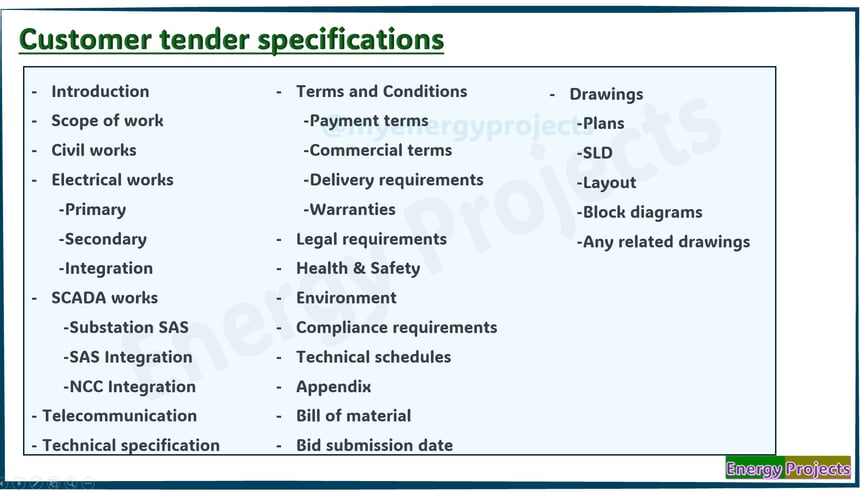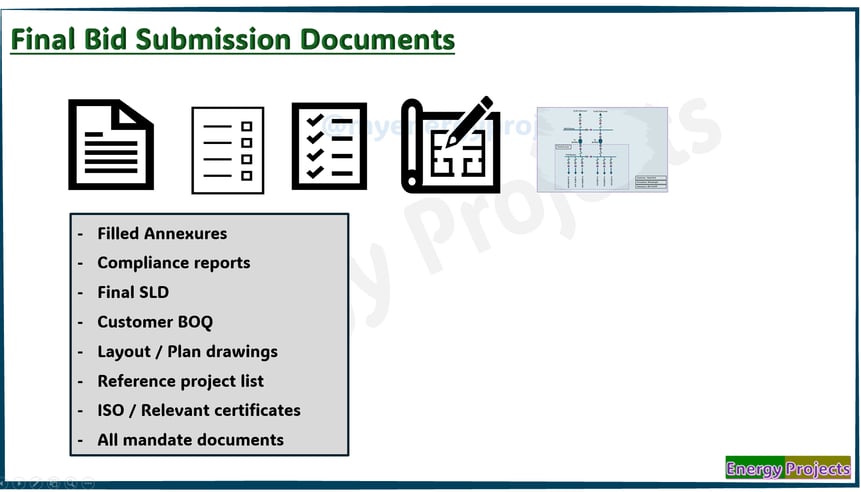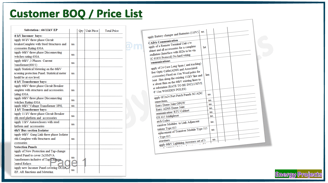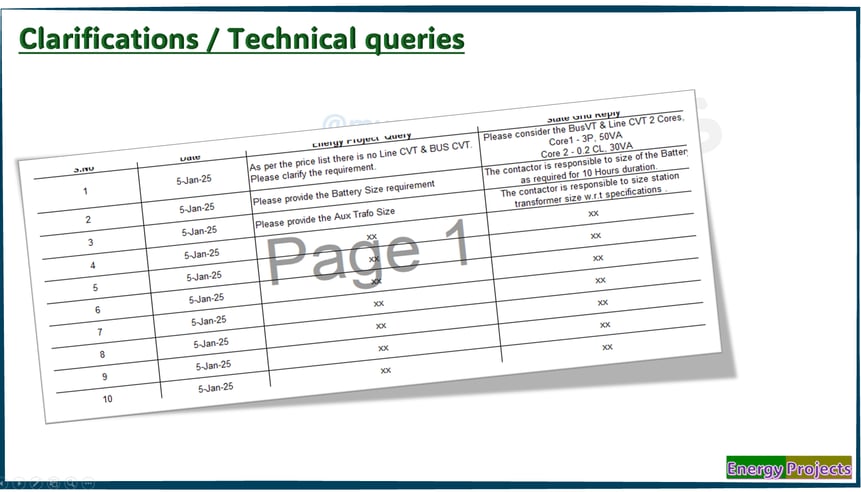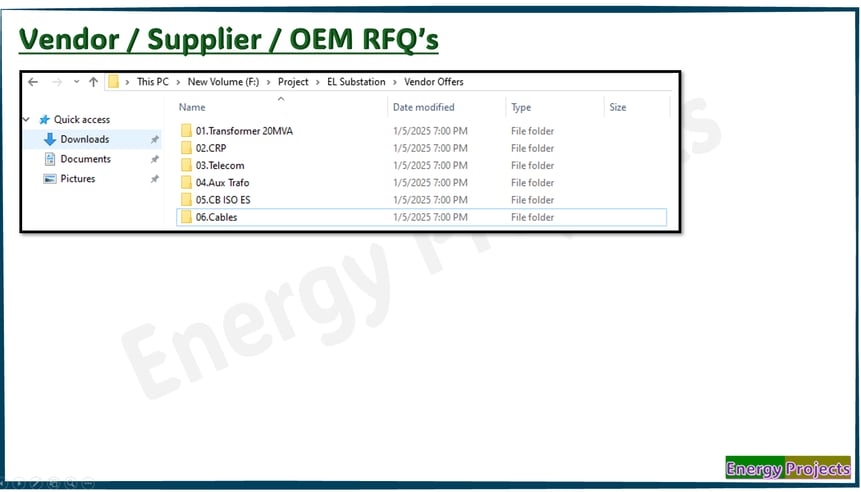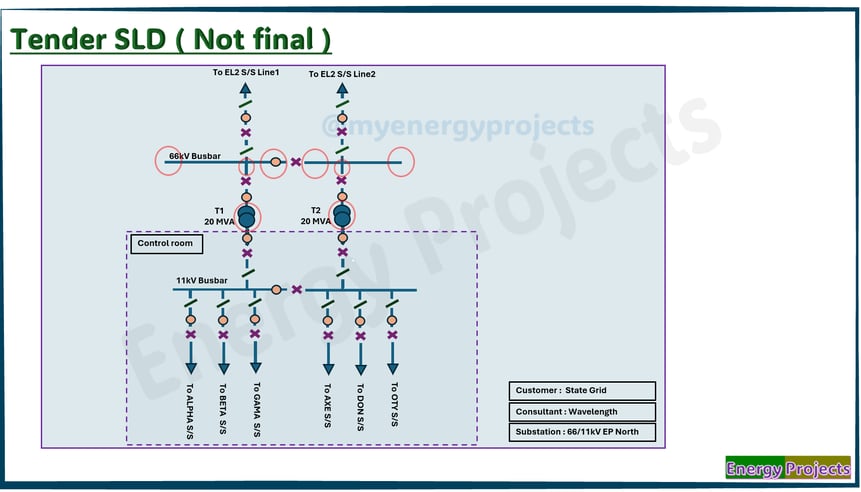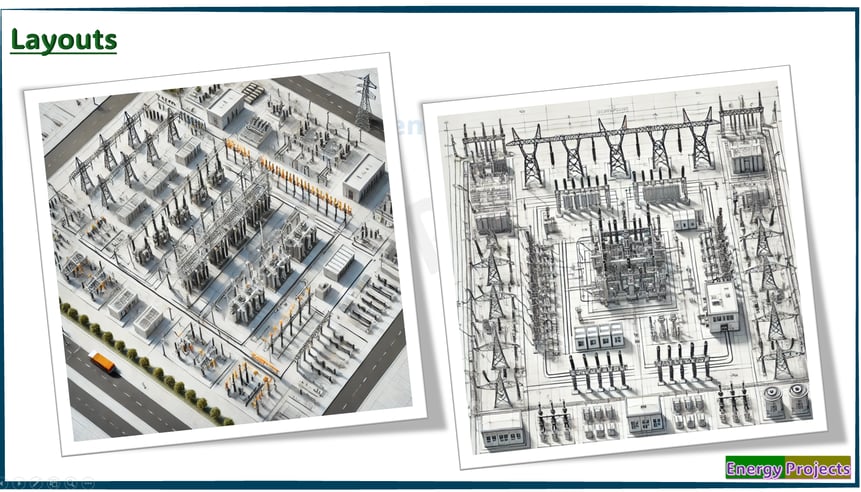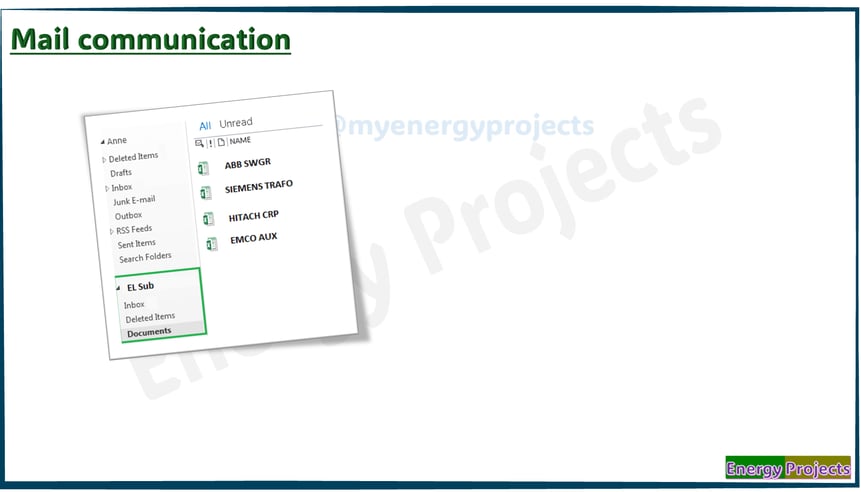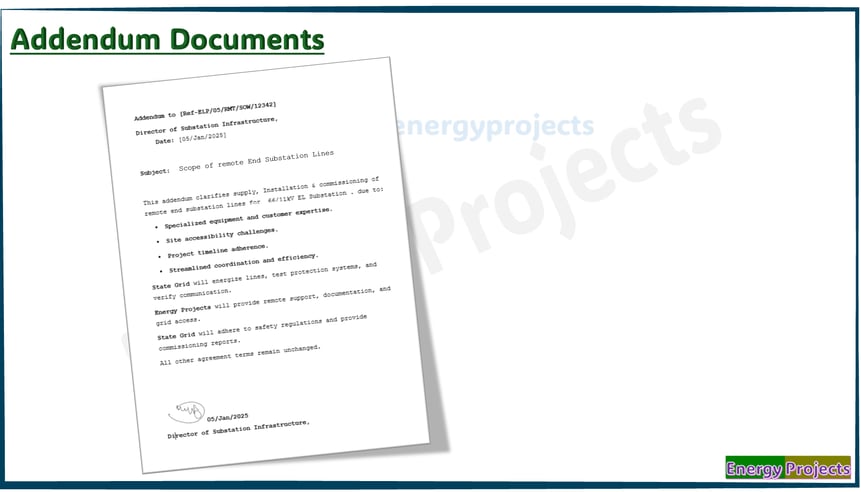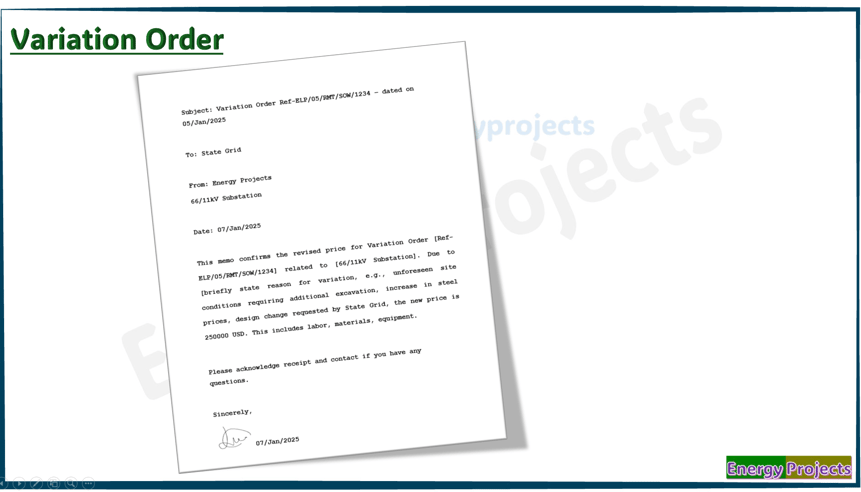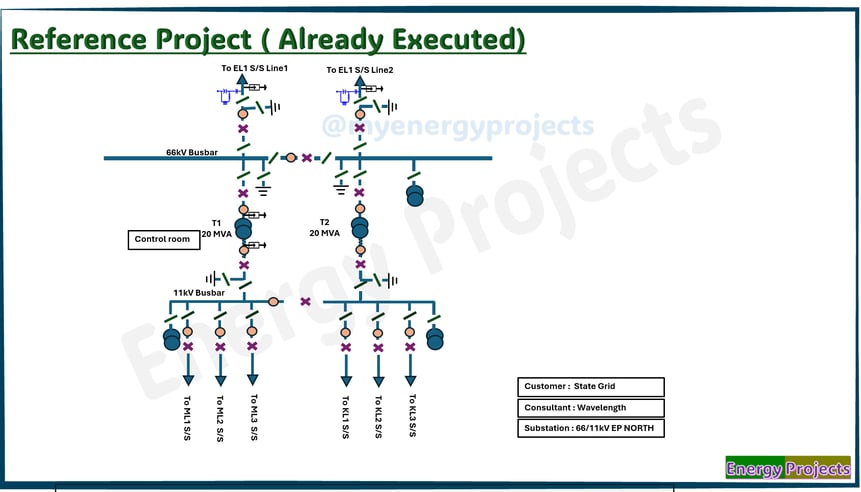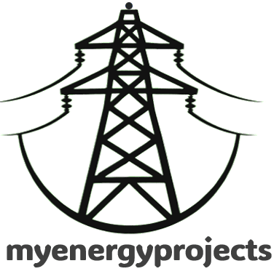01.Collecting Tender / Project correspondence
We are exploring the process of Engineering:
Once the tender is awarded and the project is initiated, the process of collecting tender correspondence begins. This involves gathering all documents and communications related to the project to ensure that all relevant information is organized and easily accessible. These records can be stored in folders, spreadsheets (e.g., Excel), or dedicated project management tools. Keeping a comprehensive and well-maintained record helps ensure that all stakeholders remain aligned and minimizes the risk of confusion or disputes throughout the project lifecycle.
Please refer the Tendering process for better understand to learn from scratch
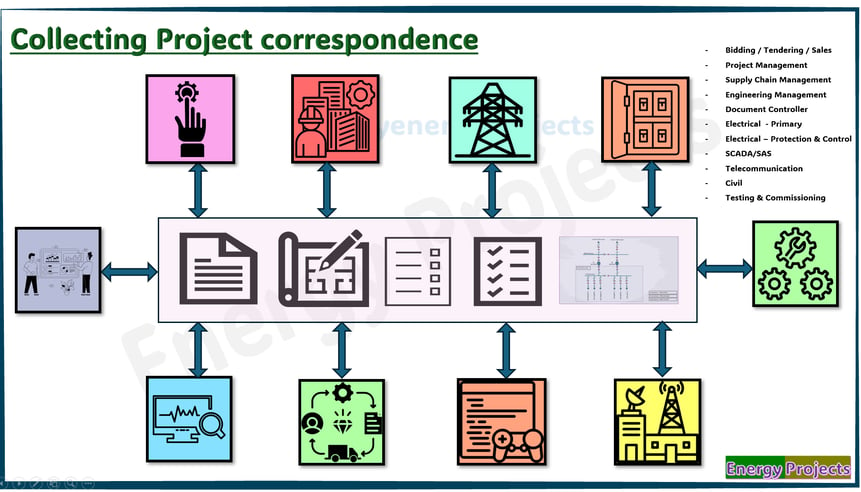

Single Busbar Configuration
Single Busbar with Bus section Configuration
Single Busbar with Transfer busbar configuration
Single Busbar with Bus section + Transfer bus coupler + Section Isolator configuration
Double Busbar with Bus coupler Configuration
Double Busbar with Bus coupler + Bypass Isolator Configuration
Double Busbar with Bus coupler + Transfer Buscoupler configuration
One and Half Breaker Busbar Configuration
Keep Connected for more updates.....
Project Handover / Kickoff Meeting:
Before starting any engineering activities, it is essential to ensure that all preliminary documents and necessary information are available.
To facilitate this, a Project Handover / Kickoff Meeting will be conducted with all project leads and relevant team members. The purpose of this meeting is to:
Ensure all required information is in place to begin project activities.
Align the entire team on objectives, expectations, and the correct procedures.
Address and clarify any doubts or uncertainties before execution begins.
All key project team members will be present to confirm readiness and contribute to a smooth transition from planning to execution.
Below is the list of team members who will attend the Kickoff / Project Handover meeting
Bidding / Tendering / Sales
Project Management
Supply Chain Management
Engineering Management
Document Controller
Electrical - Primary
Electrical – Protection & Control
SCADA/SAS
Telecommunication
Civil
Testing & Commissioning


Project Information Storage
All project-related information will be stored in a common folder, accessible only to concerned project team members. This ensures data security and organized collaboration among authorized personnel.
Nowadays, instead of traditional local folders, we commonly use cloud-based storage systems to manage and share project data more efficiently.
Below are some of the most widely used online cloud-based storage platforms:
Google Drive – Known for seamless integration with Google Workspace tools like Docs, Sheets, and Slides.
Microsoft OneDrive – Integrated with Microsoft 365, offering easy sharing and collaboration with Office applications.
Dropbox – Popular for its user-friendly interface and reliable file syncing capabilities.
Box – Preferred for enterprise-level security and content management features.
iCloud Drive – Commonly used within the Apple ecosystem for document and media storage.
These platforms offer secure access, version control, and real-time collaboration—making them ideal for managing project documentation and resources.
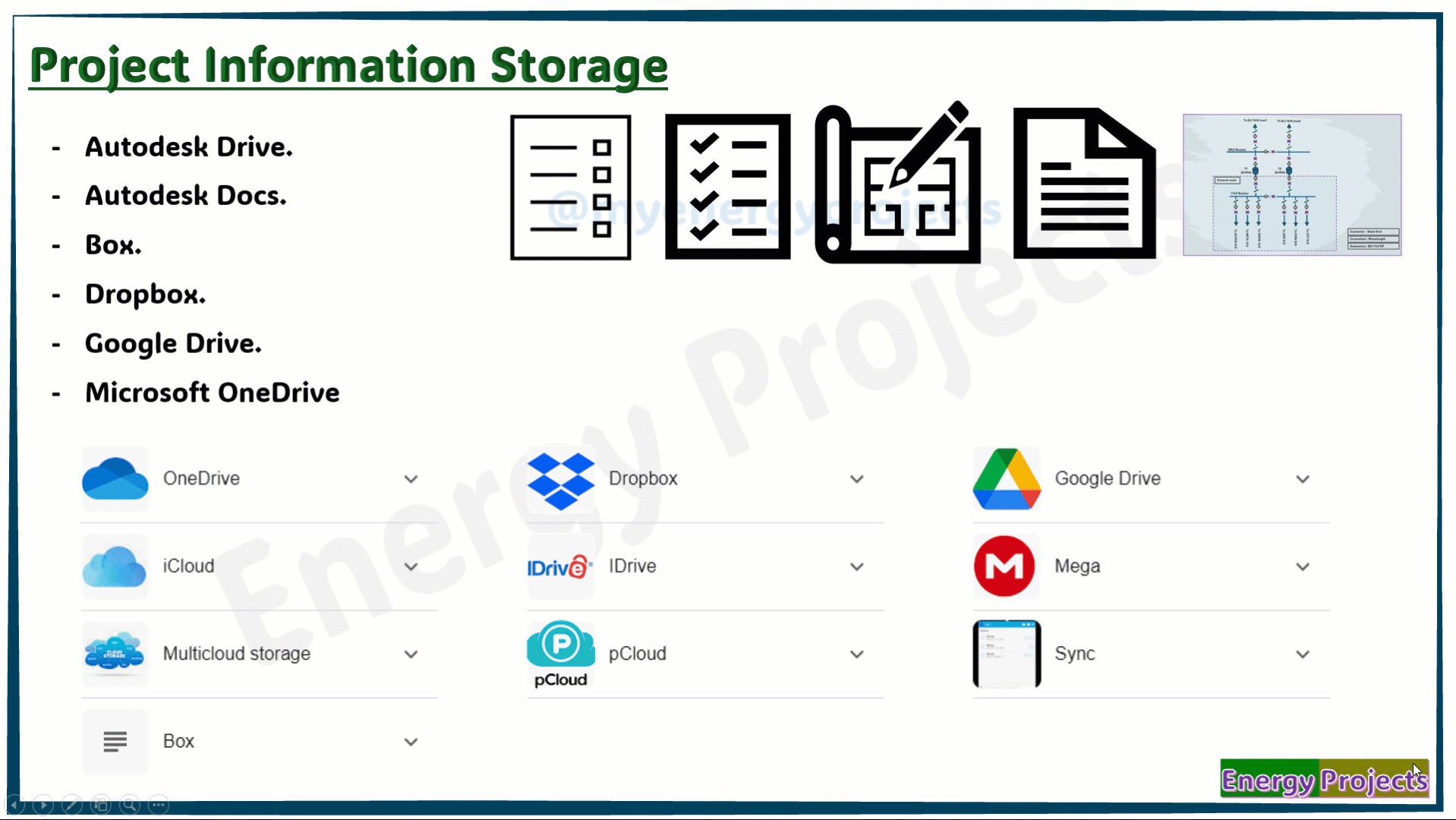

Project Assignment
In this project, team leads will assign dedicated engineers to manage specific activities. Each assigned engineer will be responsible for generating the required output drawings and documentation in alignment with customer requirements.
The engineer will also be expected to coordinate with other team members and resolve any clarifications by collaborating with relevant teams.
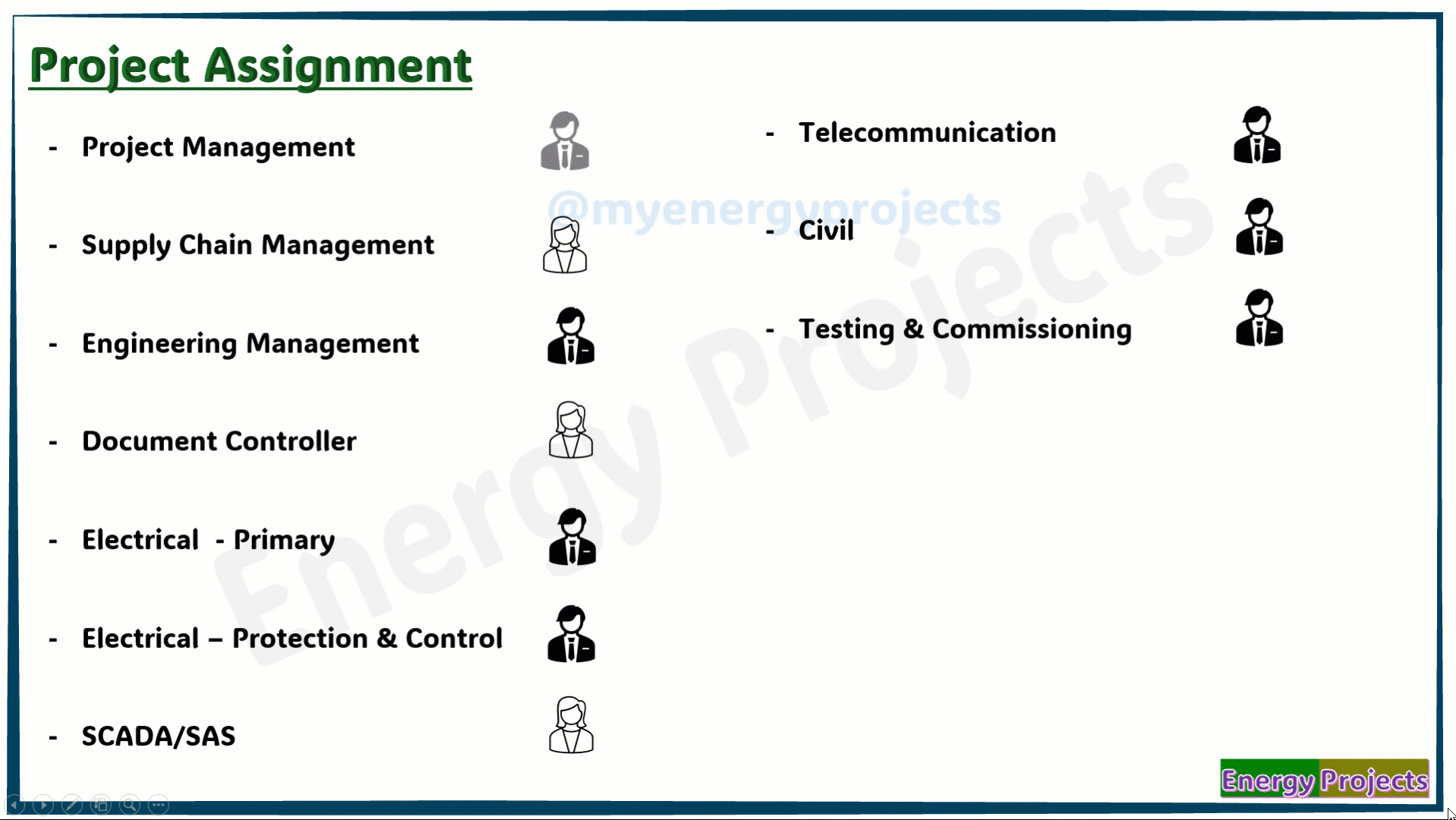

Busbar Configuration
Track Sequence of Engineering
Input Documents Required Before Starting Engineering Activity:
These are the input documents that must be collected before starting any engineering activity
Tender Specifications
Bidding Documents
Customer BOQ / Price List
Clarifications / RFI / Technical Queries
Vendor / Supplier / OEM RFQs
Drawings
Layouts
Mail Communication
Addendum Documents
Variation Order (if applicable)
Reference Project (Already Executed)
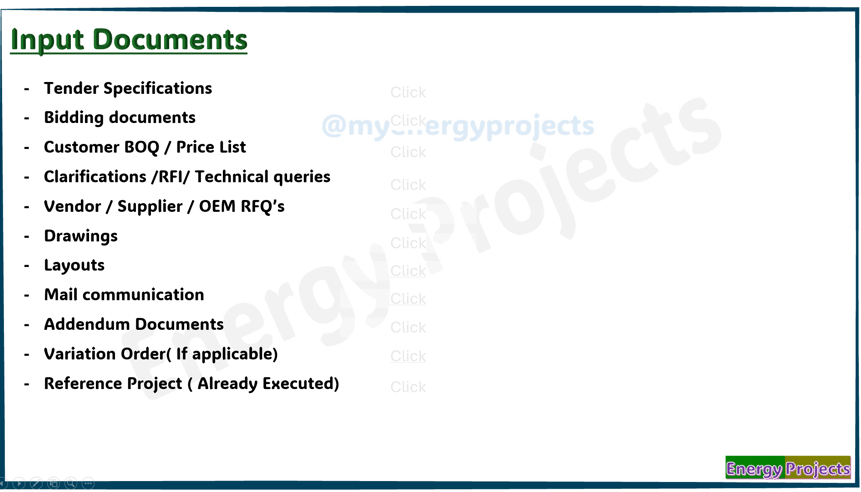

1. Tender Specifications
Tender Specifications define the project scope, technical standards, and compliance requirements.
They are issued by the client and form the baseline for engineering and bidding.
Understanding them is crucial for accurate design and cost estimation.
2. Bidding Documents
Bidding Documents include the contractor’s proposal, commercial offer, and execution plan.
They outline how the contractor intends to fulfill the tender requirements.
These documents are key to evaluating technical and financial alignment.
3. Customer BOQ / Price List
The Bill of Quantities (BOQ) lists all items with estimated quantities and unit prices.
It helps in budgeting, procurement planning, and engineering estimation.
Any deviation must be clarified before commencing design work.
4. Clarifications / RFI / Technical Queries
Requests for Information (RFI) address ambiguities in project documents.
They include client responses to contractor or engineer queries.
Clarifications ensure that all parties work from a consistent understanding.
5. Vendor / Supplier / OEM RFQs
Request for Quotation (RFQ) documents are sent to vendors for pricing and specs.
They are essential to gather technical and commercial input for equipment and materials.
Vendor data affects detailed design decisions and cost accuracy.
6. Drawings
Drawings provide visual representation of the project layout, systems, and components.
They are essential for design validation, coordination, and execution planning.
Initial drawings may be conceptual, progressing to detailed and IFC (Issued for Construction).
7. Layouts
Layouts define spatial arrangements of systems, equipment, and infrastructure.
They ensure optimal use of space and adherence to regulations.
Proper layouts help avoid clashes and facilitate maintenance access.
8. Mail Communication
Email correspondence includes approvals, instructions, clarifications, and decisions.
It serves as a formal record of discussions and agreements.
Tracking communication helps resolve disputes and ensures accountability.
9. Addendum Documents
Addendums are official updates or modifications to original tender or contract documents.
They may include revised specs, drawings, or timelines.
These must be reviewed to align engineering outputs with the latest requirements.
10. Variation Order (if applicable)
A Variation Order documents any approved changes in scope, cost, or schedule.
It reflects updates due to client requests, site conditions, or design changes.
Incorporating these early avoids rework and contractual disputes.
11. Reference Project (Already Executed)
Reference Projects are past similar projects used as benchmarks or design guides.
They help in validating approaches and estimating performance or costs.
Lessons learned from them improve accuracy and efficiency in new designs.
